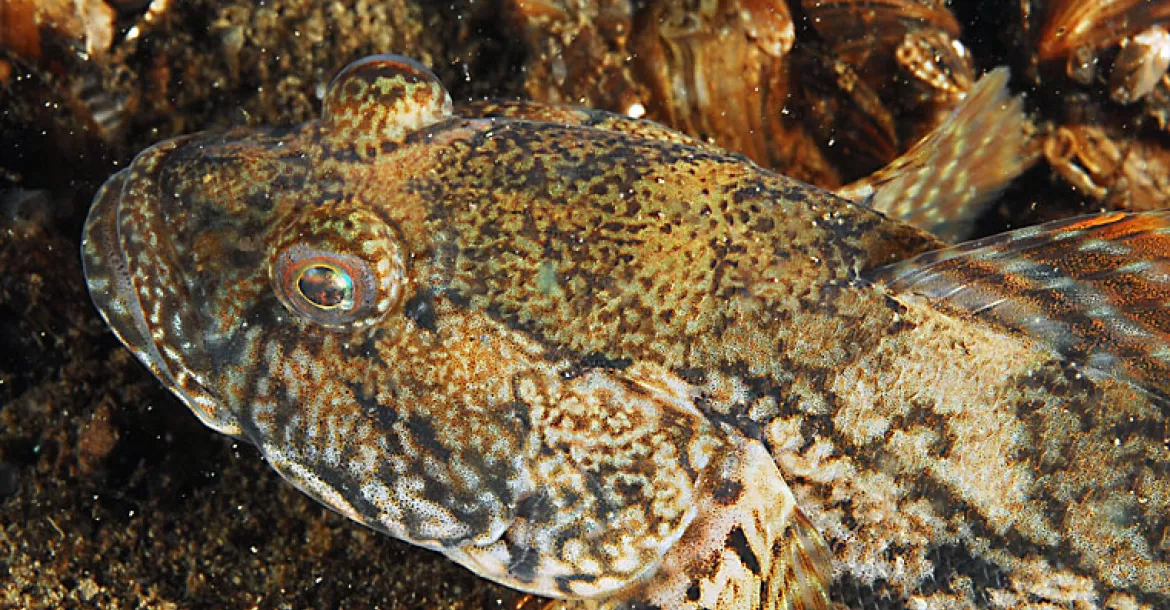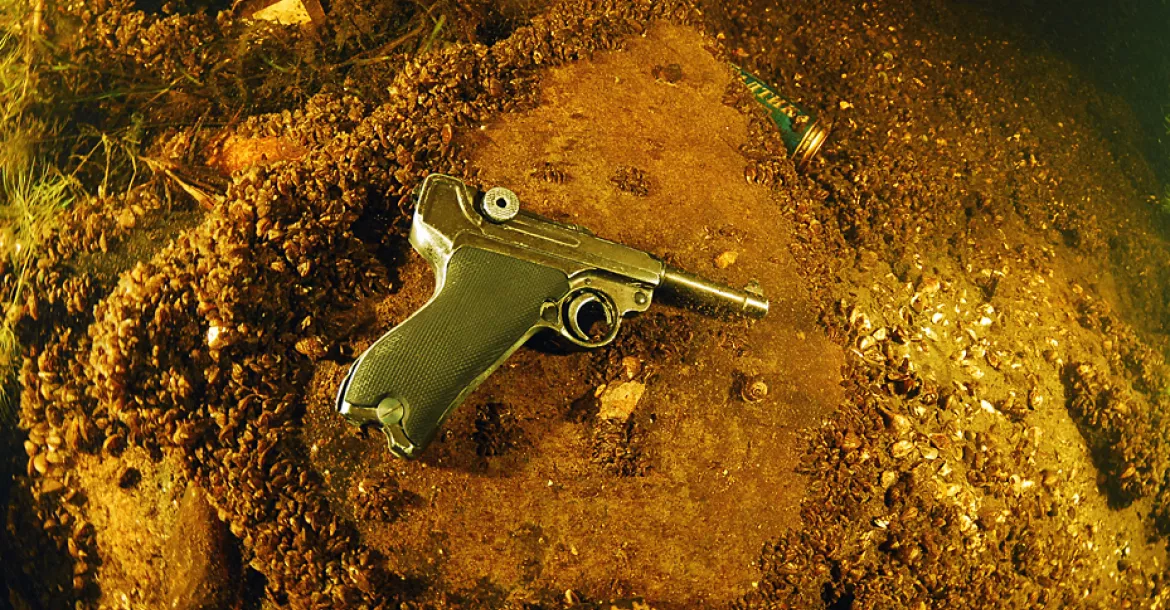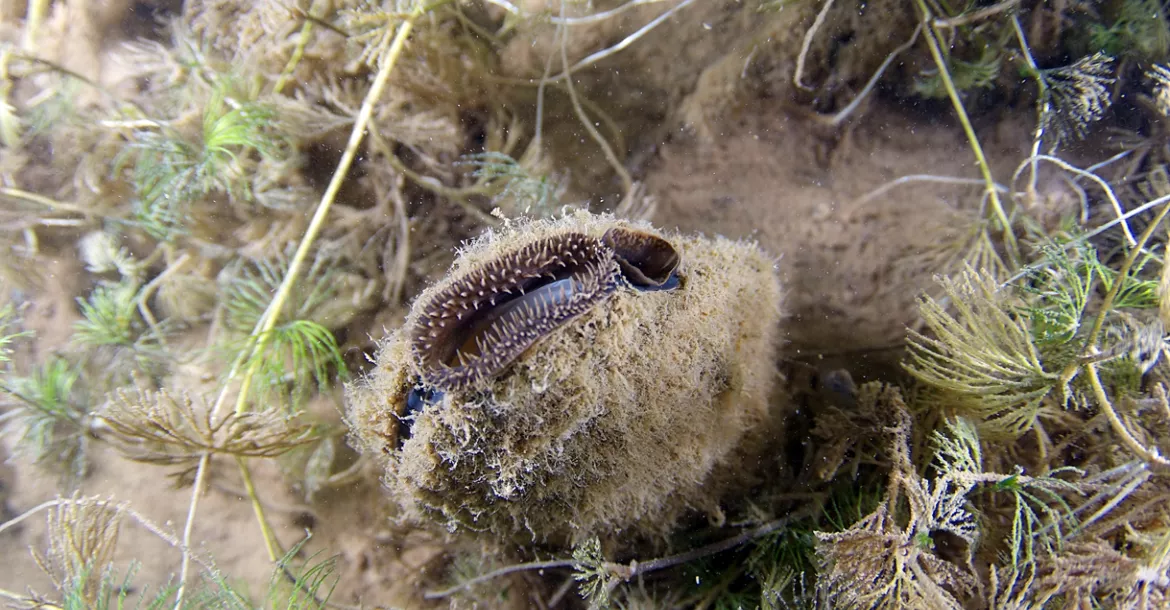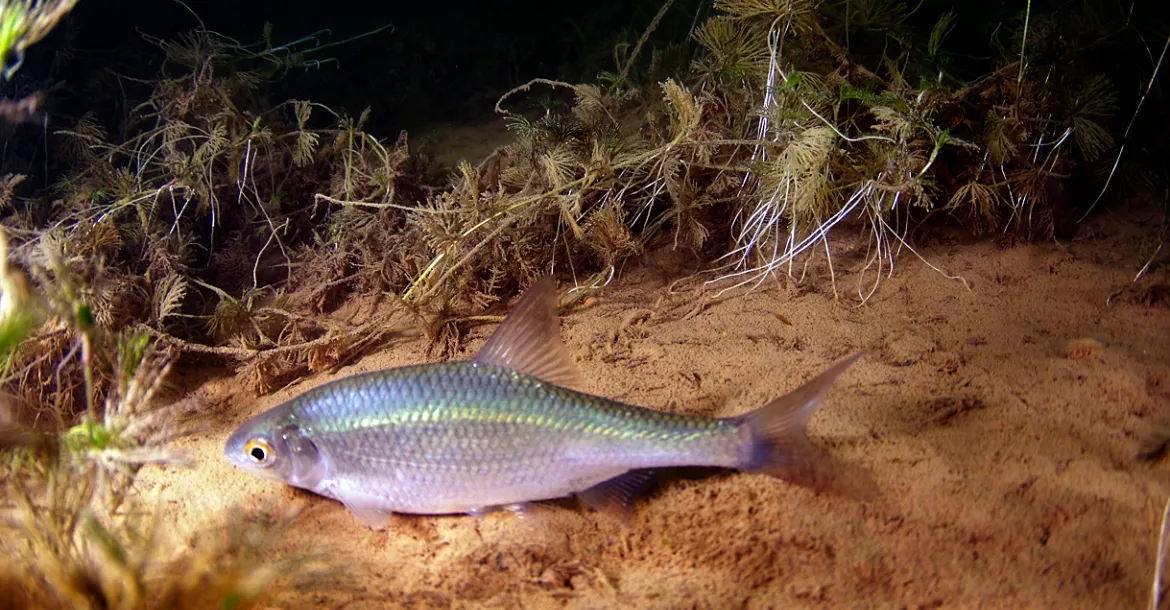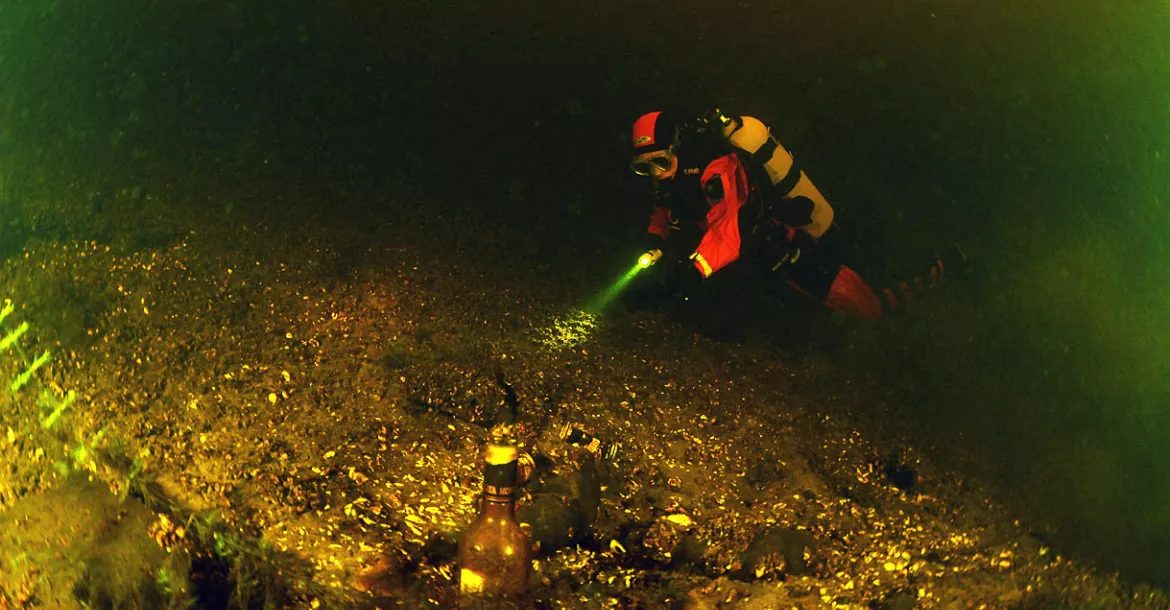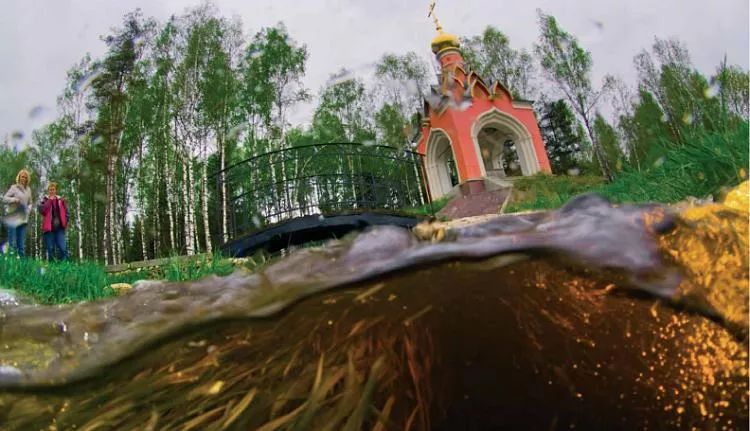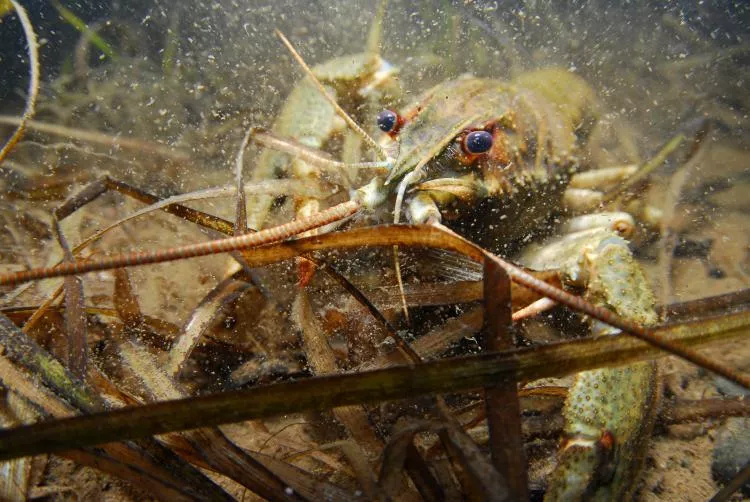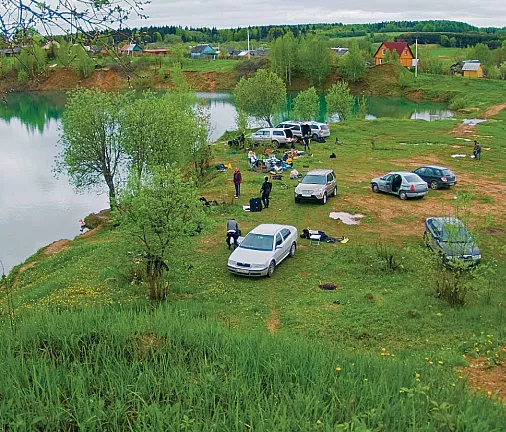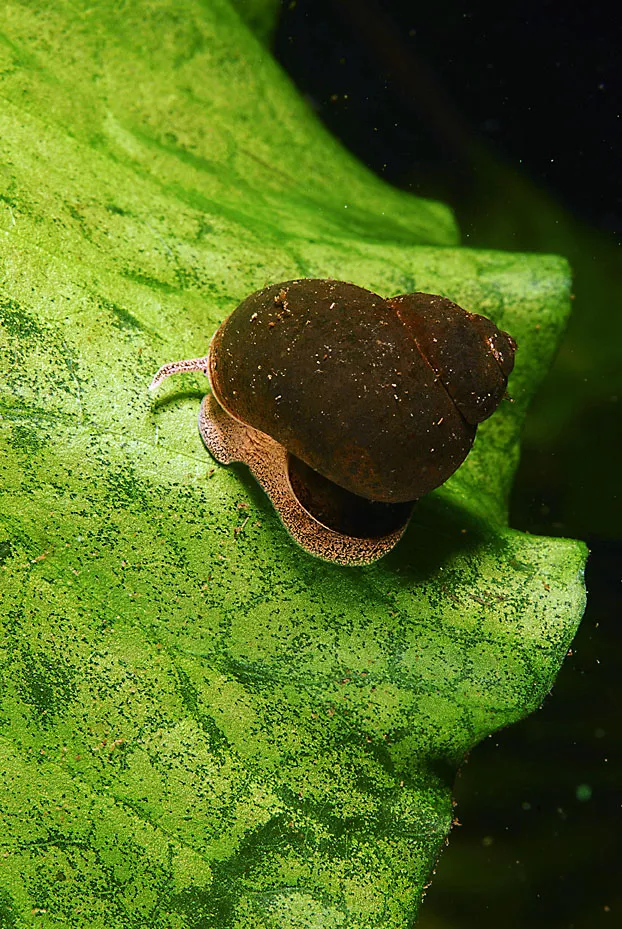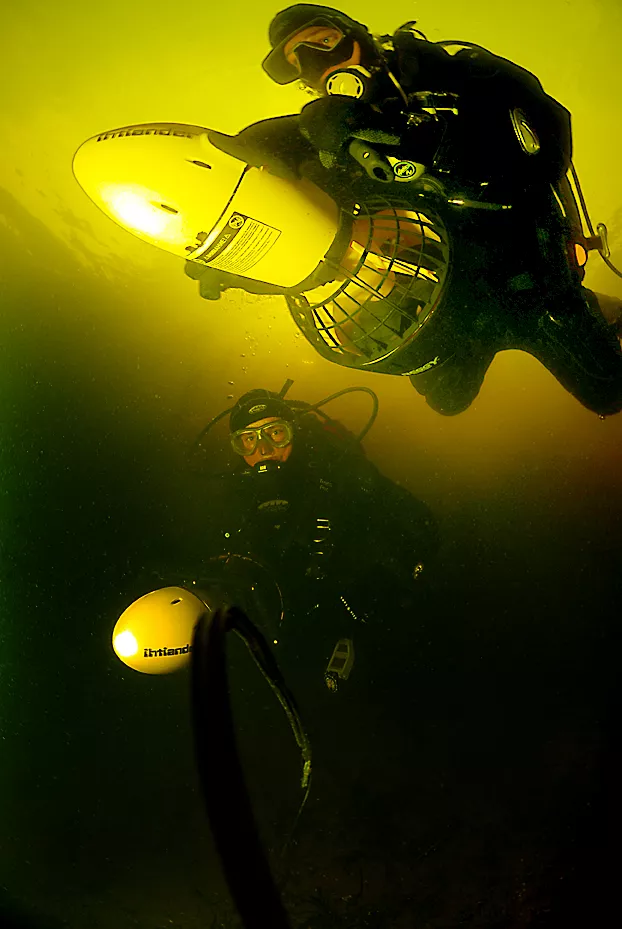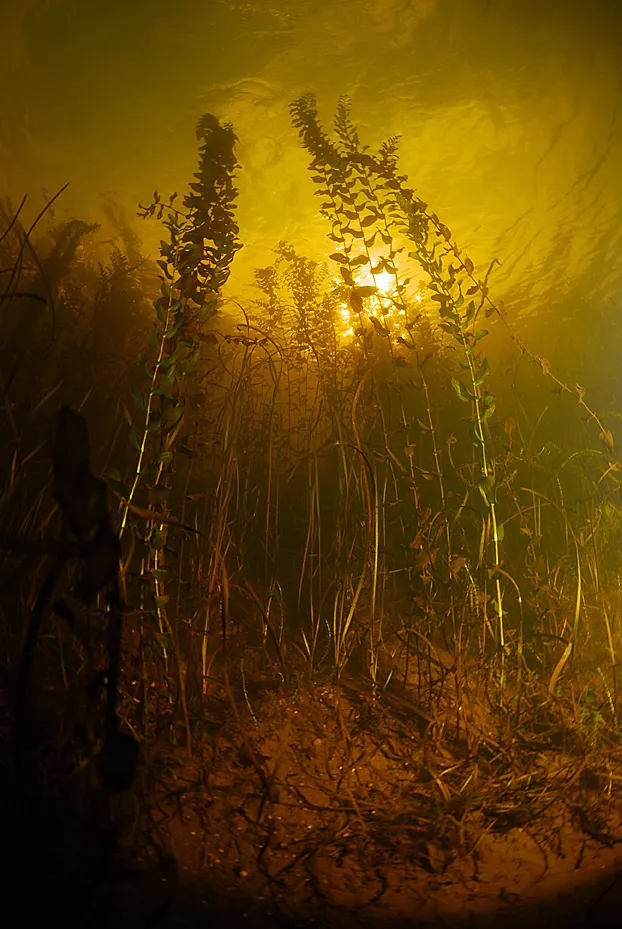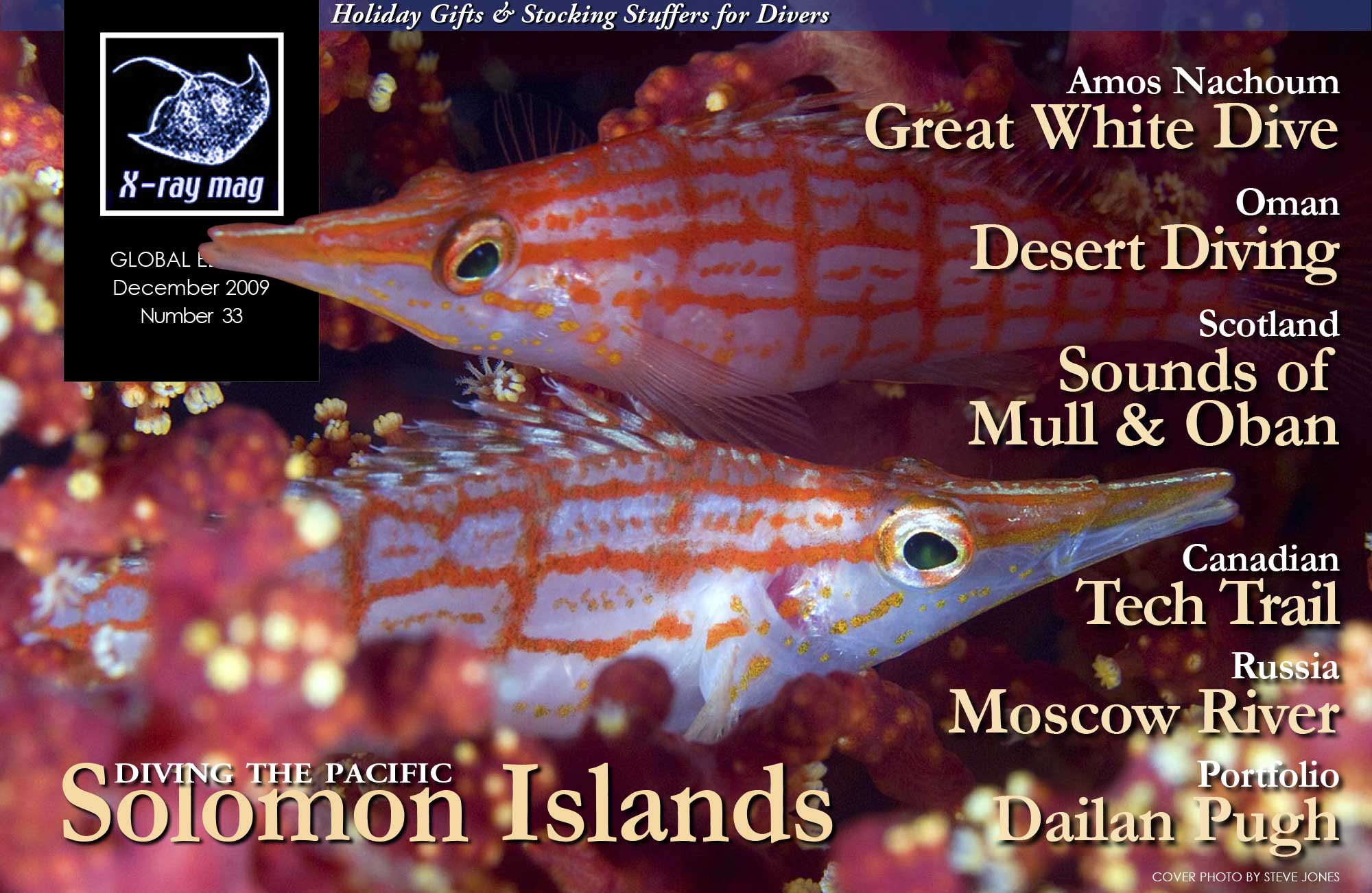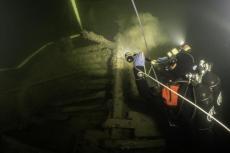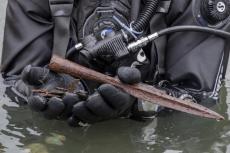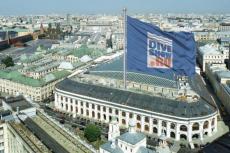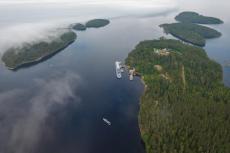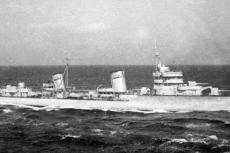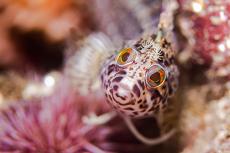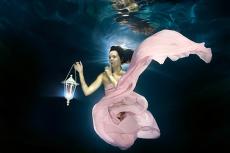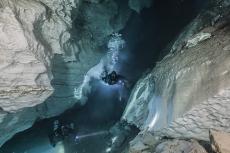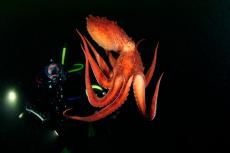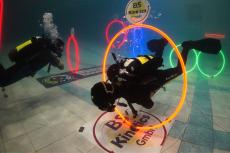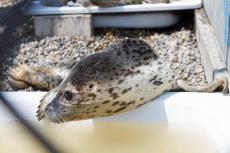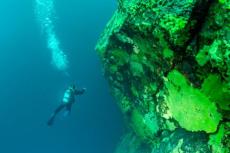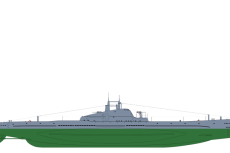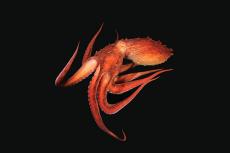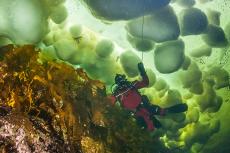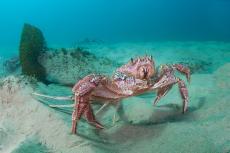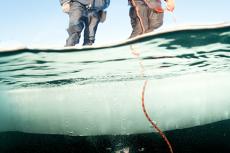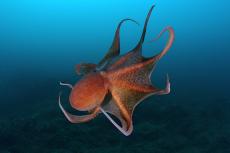“Moscow—Port of Five Seas” is written on the banner of the north river terminal in Moscow. It’s true; the city sits on the banks of the Moskva River (Moscow River), which leads to several large bodies of water via canals including the Caspian Sea, the Black Sea and the Baltic Sea. But I think, the slogan also reflects the city’s inhabitants’ love of diving.
Contributed by
Just looking at the shear number of dive centers in the city, Moscow is “in front of the entire planet” among world capitals. And it all begins with a modest spring, which trickles out from under a pretty, little chapel at the 148th kilometer of Minsk Highway.
The chapel was built by Muscovites in 2004—a tribute of love to the main water artery that feeds their native city. Prince Yuri Dolgoruky was rather perspicacious to found a settlement on the banks of this beautiful river, which in the future, gave its name to the capital city. Four picturesque tributaries flow into the river in the urban landscape, giving it a special scenic view.
Despite a relatively short length—473 kilometers—the Moscow River plays an enormous role in city life. On its upper course is a favorite vacation place for Muscovites, perfectly suited for a weekend of hiking and canoeing. Outside the city limits, the water is pretty clean and transparent. Here, you can meet representatives of various freshwater fish fauna. There are 25 species of fishes as well as lots of crayfish and different molluscs.
In the Myakinino–Rublevo area, just near the intersection of the Moscow Ring Road and Novorizhskoe Highway, Zhivopisnaya (Pictresque) Bay is located. On one side, is the town beach Rublevo; on the other, is the "Myakinino” mooring site. This is one of the best dive sites of the capital.
Here, at a depth of 12 meters, there are various bottom reliefs, outcrops of water-bearing clay layers with fantastic shapes. Visibility sometimes reaches 5-6 meters, so one can see an abundance of freshwater sponges, river mussel (Dreissena), fish and crayfish. Only recently can one also often meet representatives of the sturgeon family, which were specifically re-released into the Moscow River. (They used to reside here at one time, but disappeared long ago.) Sponges and mollusks filter the water perfectly, which perhaps explains the high clarity.
Sometimes one can meet spearfishers with a full “Kukan” (a special net bag for fish); but I always want to say to them: "Guys, do not kill the fish in the river, hunt on the plateaus!"
Downstream is Stroginski Bay, the center of water sports and spearfishing. On its shores, there is a yacht club, dive center, and a water-skiing base. Conditions for diving are very good, and there is even a wreck to explore. Here, regular spearfishing contests for the prize from the mayor of Moscow are organized, always followed with releasing juvenile fish in the water. Once I was present at the event, and was really impressed with what won the trophies—pike-perch, including a pike weighing over five pounds!
Most of the water is taken for consumption before the river enters the city, then gradually returns back as waste. After Serebrianyi Bor and Fili Park, visibility becomes less, as the quantity of wastewater increases dramatically. Despite the fact that in the 1990’s, most businesses that polluted the river were driven outside Moscow, the environmental situation remains critical.
One can meet just two of the most stable species—roach and bream—in the central part of the city, and also annelid worms, which these species can eat. The bottom is thickly silted, and the water becomes completely unsuitable for diving. In addition, shipping is rather developed in the city-part of the river. In order to clear the channel of mud and strange objects, a special system of hydraulic structures is used; they are opened in sequence, and an artificial flood clears the channel.
More than 90 tributaries join the Moscow River, and there are more than 370 rivers and 500 streams in the river basin. Many tributaries also have dams which form reservoirs. All these structures are combined into a united water system.
After construction of the channel named after Moscow in 1932-37, the Moscow River began to receive water from the Volga River, and some species of the lower Volga fauna came into our waters, including Caspian gobies, who are now widely spread in the Khimki Reservoir and the Moscow River.
In the coastal zone at depths of up to four meters, there are many species of plants; water lilies and Potbelly, [кувшинки, кубышки], are found along the banks of waterways, as well as aquatic birds such as ducks, geese, herons, gulls, etc.
The depth of the Moscow River is not more than six meters, although in the reservoirs it reaches 30 meters. But eternal darkness and cold reigns there. Even in the hottest summer, there is a strong thermocline. The water temperature below ten meters does not rise above 10°C. The sun does not penetrate here in reality, and the bottom is covered with a layer of silt easily stirred.
Diving in these conditions requires special security requirements and related equipment. Dives are conducted at the Istra, Pirogov and Khimki reservoirs. The most comfortable conditions for diving are in the Derivation channel, which connects the Khimki Reservoir with the Skhodnia, a tributary of the Moscow River.
In the Derivation channel, there’s no navigation, depth is up to eight meters, the thermocline is absent, there’s good vis (about 6m), and a convenient entrance into the water. All these things allow one to dive anytime during the year when the water is free of ice. During the fall when the floodgates are opened to cleanse the river bed, we can drift. Several kilometers downstream, one can literally fly for 30 minutes without a single wave of the fins.

